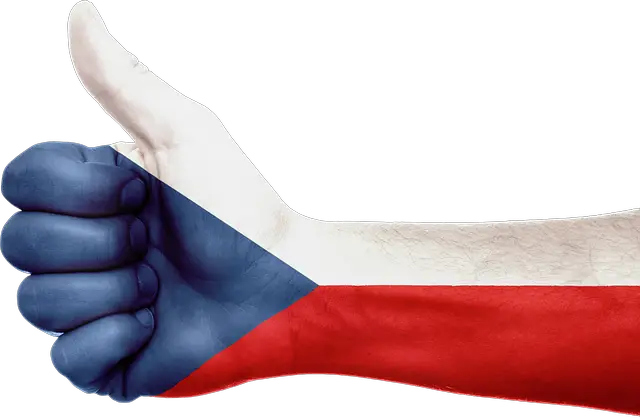Czech is a fascinating language. It belongs in the West Slavic group, together with its close neighbours Slovak and Polish. It is also so similar to these two languages that in some areas of the three countries (Slovakia, Poland, and Czech Republic), all of the three (supposedly distinct) languages are mutually intelligible to a high degree. People living in the border areas will often have an easier time understanding someone in the neighbouring country than their own countrymen living farther away.
Here, you’ll find eight more interesting facts about the Czech language and culture. If these get your interest piqued, you can always sign up for private Czech lessons with one of our great teachers!
Table of Contents
1. Learn Bohemian today
Ever met a true Bohemian? The unconventional lifestyle is named after the Kingdom of Bohemia, which was part of today’s Czech Republic. Although, the term “bohemianism” has a slightly more complex history.
It originated in French and was used to refer to artists and other creative types who were congregating in the historically Romani areas at the end of the 19th century. The Romani, themselves, were mistakenly thought to have come from Bohemia and so the name was born. The Czech language was also formerly known as Bohemian.
2. Mostly in Czech Republic, but also…
While you’ll find most of the 12 million Czech-speakers in the Czech Republic (namely around 10 million), it also has a minority language status in a number of other European countries, such as Poland, Serbia, Ukraine, Slovakia, Bulgaria, and Austria.
3. Nightmare tongue twisters
Something that might put off any prospective learners of Czech are the ostensibly impossible tongue twisters the language boasts. If you thought “she sells sea shells on the seashore” was difficult, just consider Smrž pln skvrn zvlhl z mlh, which means “Morel full of stains got wet from the fog”. You can find other great examples here (with audio examples).
4. … because Czech doesn’t do vowels
These tongue twisters exist because Czech isn’t overly fussed with the use of vowels. You can see that clearly in another famous tongue twister: Strč prst skrz krk. Funnily enough, that sentence means “stick your finger through your throat”, which would probably be something that would help you with the pronunciation. All of that is because, in Czech, consonants can act as vowels, although it does mean quite the challenge for second-language learners.
5. The size of the book matters
Czech is also very much in love with diminutives. Like in other languages, you can use them to denote something small, cute, or nice. For example, the word for book – kníha – can have two diminutives, knížka and knížečka, with the second one reserved for the especially tiny or cute book.
Additionally, using certain forms can carry shades of meaning not easily discerned by the casual observer.
6. The Czech ABCs start with meat
When teaching children to read for the first time, the loving Czech parent would use their historical alphabet book, which has not really been revised for about a hundred years. That might explain why one of the first sentences the child comes across is Máme mísu masa. In case you’re wondering, that means “We have a bowl of meat.”
7. Czech with a capital C? Who knows?!
The rules for capitalising words in Czech are so complicated that very few people understand them. In a survey of native Czech speakers, only a third claimed to have a command of the rules governing capitalisation.
So if you’re just learning Czech, you’ll at least know you’re not alone in the struggle.
8. The unique ř
What Czech lacks in vowels, it makes up for in consonants. Especially in the letter ř – a consonant unique to the language. While there is a dialect of Norwegian that makes use of the same grapheme, of the officially recognised languages, the Czech alphabet is the only one to boast the letter.
So, now that you know all of these interesting Czech facts, it’s time to sign up for a private teacher below. Or, alternatively, you can take a look at other interesting language facts for Catalan, Basque, or Cantonese.

